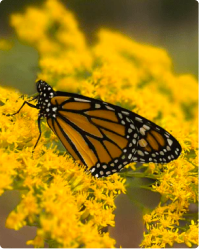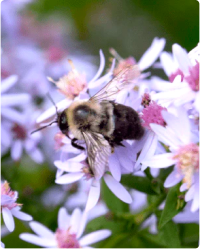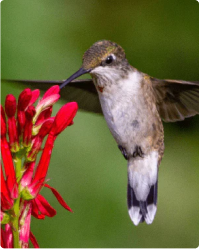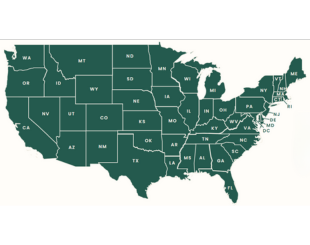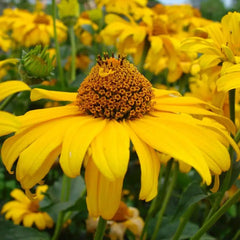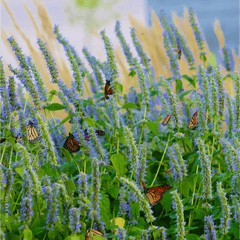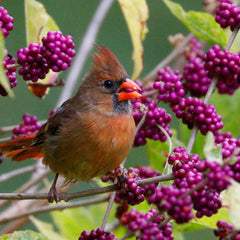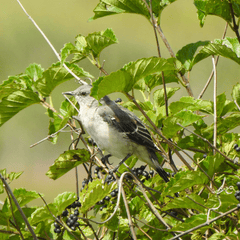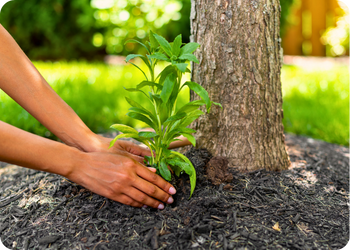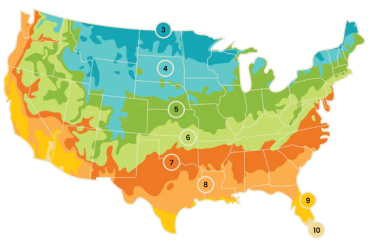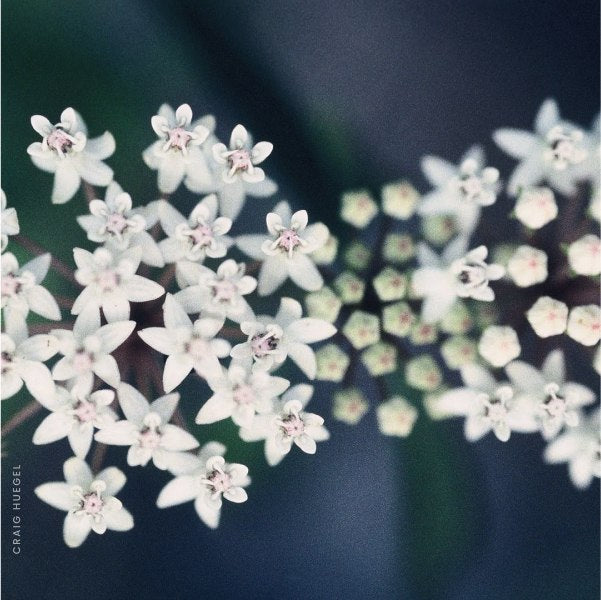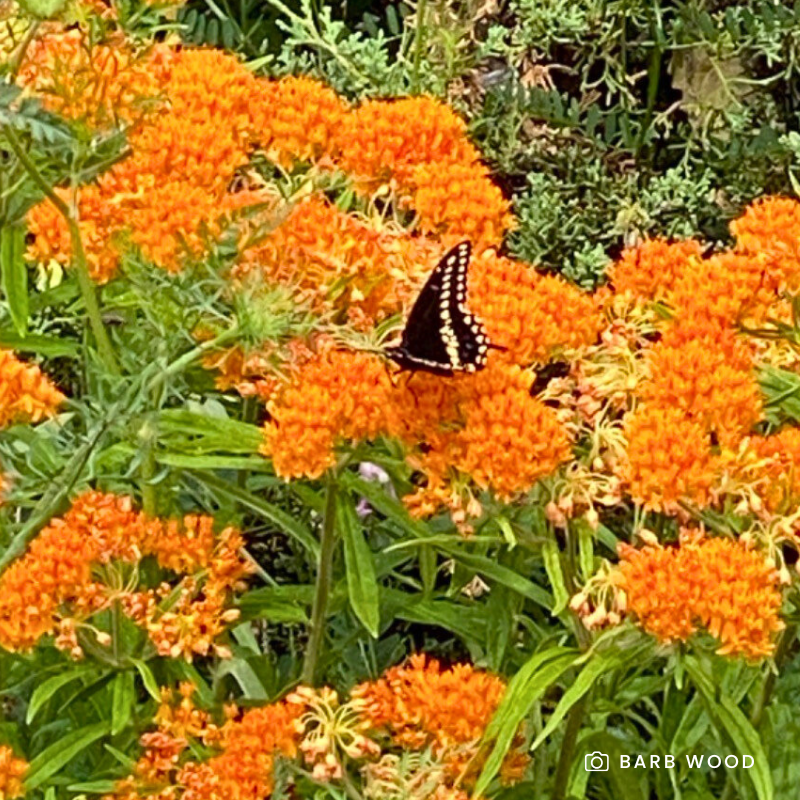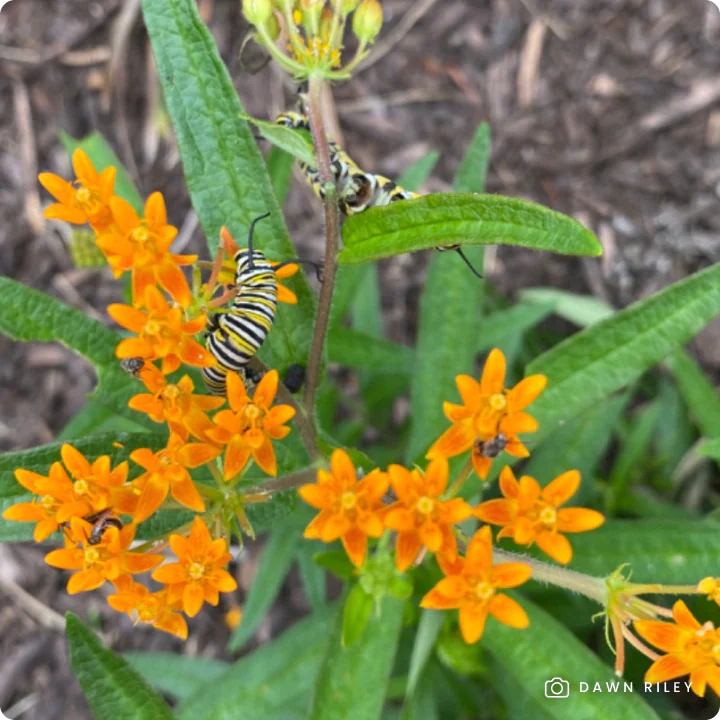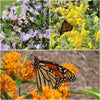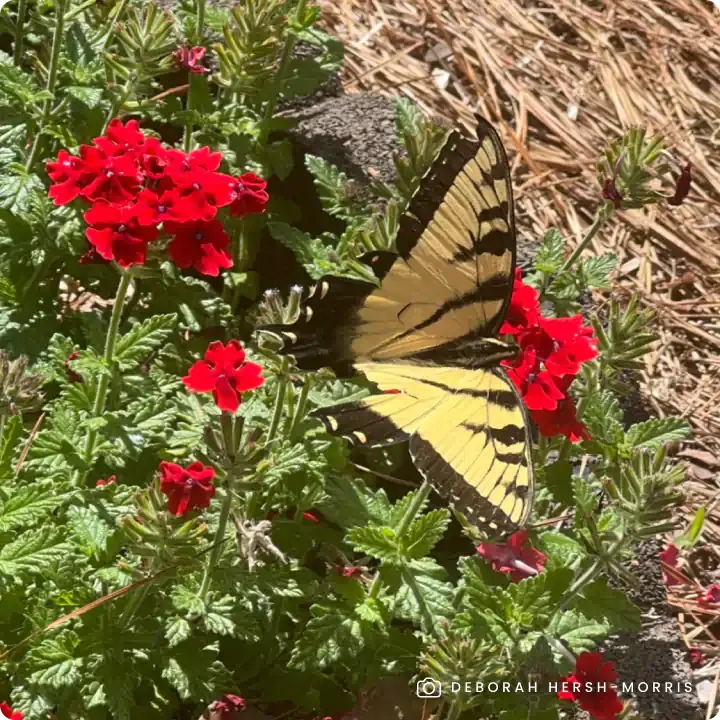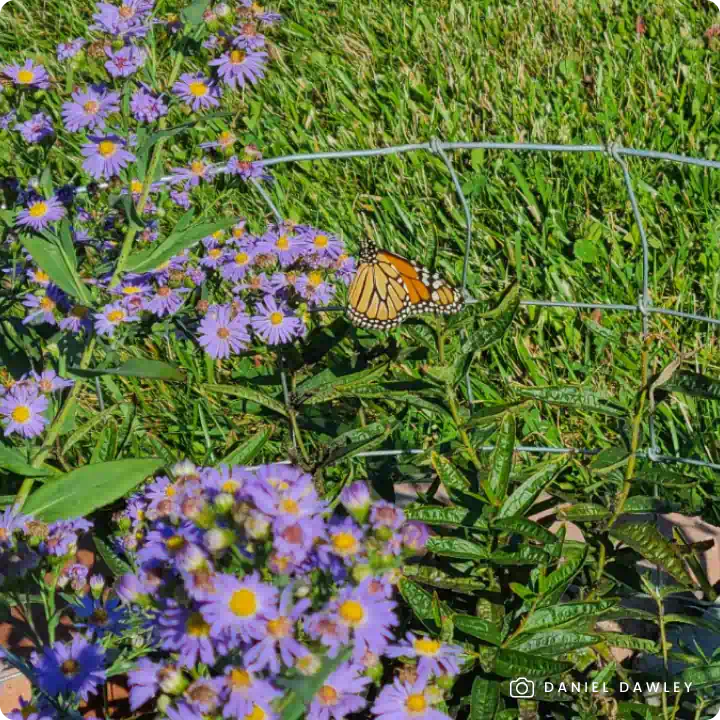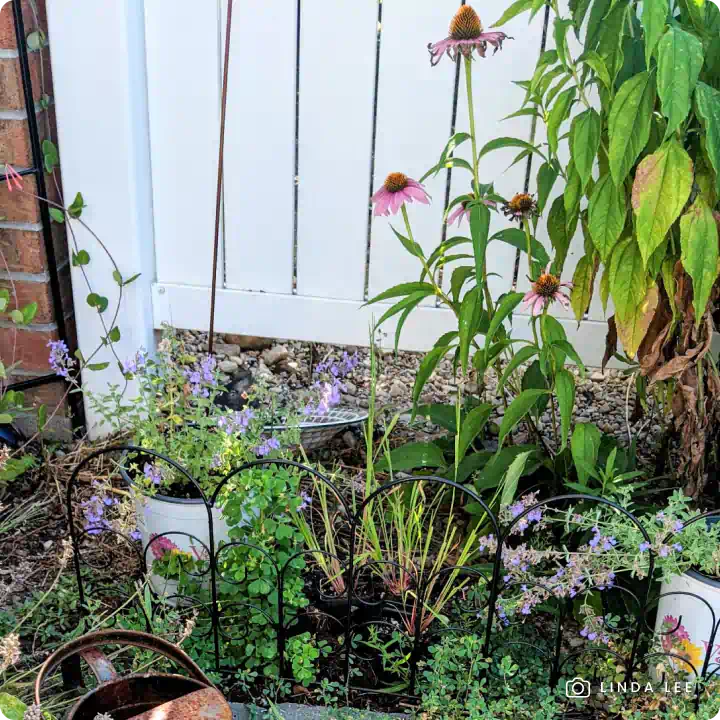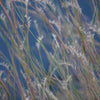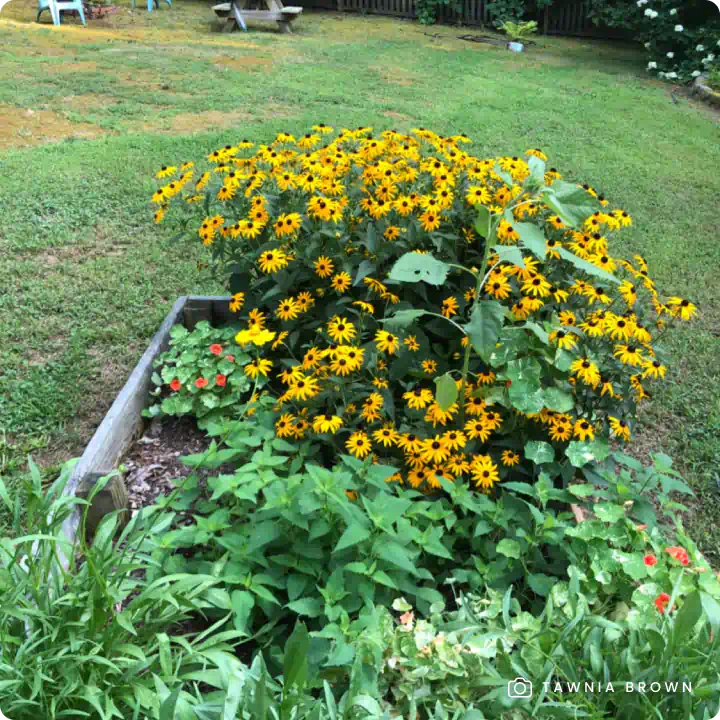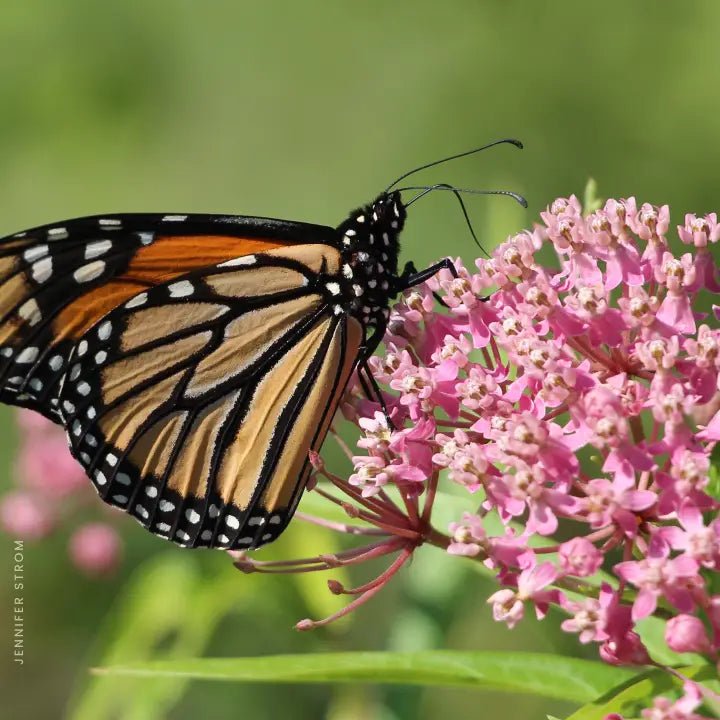Create a pollinator-friendly haven with Snowy Milkweed (Asclepias perennis), a native perennial prized for its role as a host plant for monarch butterfly caterpillars. Also known as Aquatic Milkweed, this species thrives in moist, partly shaded environments—making it a standout choice for rain gardens, streambanks, woodland edges, and other damp garden areas.
From mid to late summer, snowy milkweed produces clusters of creamy white flowers subtly tinged with soft pink, perched atop slender stalks with short, narrow green leaves. These blooms are rich in nectar, attracting butterflies, native bees, moths, and other beneficial insects.
This milkweed variety blooms longer in warmer climates and returns year after year. In fall, seed pods form and persist into winter—but unlike other milkweed species, they do not have the tufted, wind-borne seeds, which makes snowy milkweed tidier in garden settings.
Key Features:
- Host Plant for Monarch Caterpillars: Supports the monarch butterfly life cycle by offering larval food and adult nectar.
- Pollinator Magnet: Attracts bees, butterflies, and moths with its fragrant blooms.
- Thrives in Wet Soils: Excellent for rain gardens and low-lying areas with consistent moisture.
- Adaptable to Light: Performs well in full sun to part shade.
- Low-Maintenance: Once established, it requires little water and no synthetic chemicals.
- Deer Resistant: Foliage is naturally unappealing to deer once mature.
- Pollinator-Safe: Grown non-GMO and free of harmful neonicotinoids, promoting a healthy ecosystem for pollinators and wildlife.
Available in sets of three, six, or 12 plants to suit butterfly gardens of any size.
Planting Tips:
- Location: Plant in full sun to part shade with moist to wet, well-drained soil
- Watering: Water regularly during the first growing season to establish roots; tolerates drier conditions once mature.
- Maintenance: Minimal care required. There's no need to deadhead the flowers, as allowing them to go to seed provides a valuable food source for birds. Leaving the stems standing in the fall offers overwintering sites for beneficial insects. If desired, cut back the stems in late spring after pollinators have emerged.
For more information on planting, view our How to Plant Your Native Plants guide and other planting tips in the Garden for Wildlife Learning Center.
Planting snowy milkweed is an easy and impactful way to support monarch butterflies, attract pollinators, and enhance biodiversity—especially in moist, shaded areas where other milkweed species may struggle.
